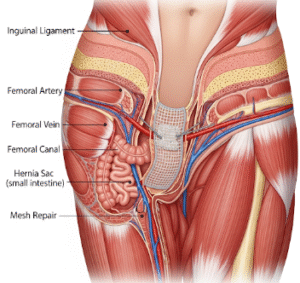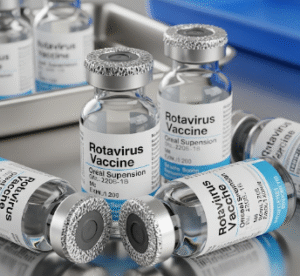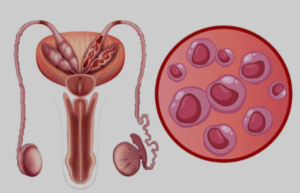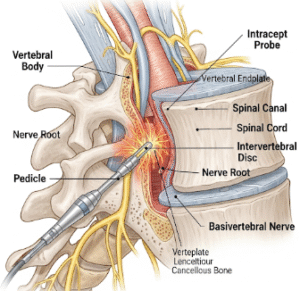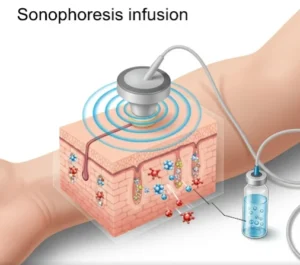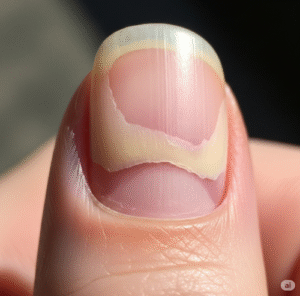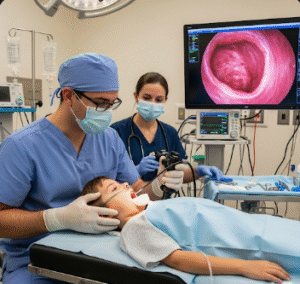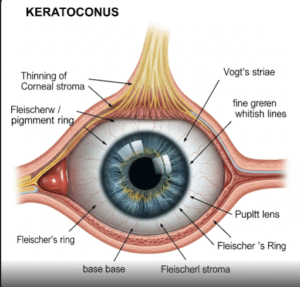Overview
Radiation sickness, also called acute radiation syndrome (ARS), is a serious illness that occurs when the body receives a high dose of ionizing radiation over a short period. It can result from nuclear accidents, radiation therapy accidents, or exposure to radioactive materials. The severity depends on the dose and duration of exposure. In Korea, advanced emergency care facilities and nuclear safety protocols ensure rapid diagnosis and treatment of radiation sickness, with specialized medical teams trained to manage such cases.
What is Radiation Sickness?
Radiation sickness is the body’s systemic response to a sudden, large dose of ionizing radiation. It affects rapidly dividing cells, particularly in the bone marrow, gastrointestinal tract, skin, and nervous system.
It typically occurs in situations such as:
- Nuclear power plant accidents
- Radiological terrorism or radioactive material exposure
- Severe overexposure during medical or industrial procedures
Symptoms
Symptoms vary by exposure level and time since exposure, but commonly include:
- Nausea and vomiting (within hours)
- Diarrhea
- Loss of appetite
- Fatigue and weakness
- Skin redness, blistering, or burns
- Hair loss
- Bleeding and easy bruising
- Confusion, disorientation, or seizures in severe cases
Causes
Radiation sickness is caused by high-dose ionizing radiation exposure that damages DNA and destroys rapidly dividing cells. This leads to:
- Bone marrow suppression (reducing blood cell production)
- Gastrointestinal lining damage
- Neurological injury at extremely high doses
Risk Factors
- Proximity to radiation source during accidents
- Lack of protective shielding
- Higher total absorbed dose
- Pre-existing health conditions affecting immunity or blood cell production
Complications
- Severe infections due to immune suppression
- Internal bleeding from low platelet counts
- Long-term cancer risk (leukemia, solid tumors)
- Organ failure (especially bone marrow, intestines, and brain)
- Death in extreme exposure cases
Prevention
- Strict adherence to nuclear safety protocols
- Use of personal protective equipment (PPE)
- Limiting exposure time and increasing distance from sources
- Taking potassium iodide to block radioactive iodine uptake in thyroid (when advised by authorities)
- Early evacuation from contaminated areas
Treatment Options in Korea
Diagnosis
Korean emergency departments use blood tests, dosimetry analysis, and symptom timelines to determine exposure severity and tailor treatment.
Medical Treatments
- Potassium iodide (for radioactive iodine exposure)
- Prussian blue (for cesium or thallium exposure)
- Chelating agents for certain radioactive isotopes
- Antibiotics and antifungals to prevent infection
- Blood transfusions and platelet support
- Colony-stimulating factors to boost bone marrow recovery
Surgical or Advanced Therapies
- Bone marrow or stem cell transplant in severe bone marrow failure cases
- Intensive care for multi-organ support
Rehabilitation and Support
- Psychological counseling for trauma and anxiety
- Long-term health monitoring for cancer screening
- Nutritional support to aid recovery


